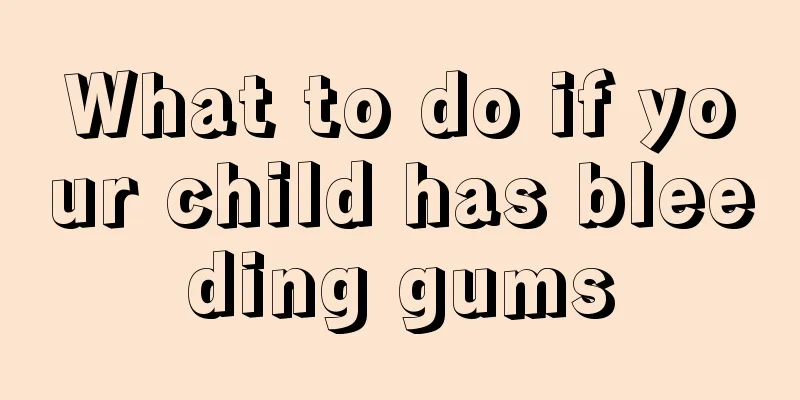What are the treatments for tooth decay in children?

|
Teeth are organs used to chew food and play a very important role in the human body. The condition of children's teeth is particularly important. When black substances and holes appear on children's teeth, it is a sign of caries. Caries is commonly known as tooth decay. This disease is a chronic disease that is not easy to detect in the early stages. If it is allowed to develop, it may damage the tooth roots. Dental caries in children should be treated promptly. How to treat tooth decay in children Dental caries in children is treated by fillings. Different treatments can be used for different degrees of caries severity. 1. Caries tissue removal method: This method is suitable for a wider infected area. 2. Drug treatment: This method is suitable for children whose caries are relatively shallow and who have not yet developed cavities. The specific method is: apply it on the diseased tissue with a cotton ball soaked in silver nitrate ammonia. Repeat this action for one to two minutes. After wiping, blow dry with hot air, then apply it again, and blow dry again. 3. Remineralization of carious tissue: This has a good effect on early stage caries that have been infected with bacteria for a short time and have a mild degree of caries. This therapy is safe and easy to perform, the child will not feel any pain, and the therapeutic effect is very good. The method is to mix calcium, fluoride and phosphide into a mineralizing solution and apply it to the teeth to remineralize the diseased tissue. 4. Filling method of carious tissue: This method is suitable for teeth that already have actual defects on the surface or inside. This method is the general meaning of tooth filling. The method is to grind off the damaged part and fill the defect with filling material to keep the tooth in its complete shape. The filling materials generally include the following: silver-mercury alloy, glass ionomer cement, acid-etched photosensitive composite resin, and composite resin. Among them, composite resin is widely used due to its aesthetics, good adhesion and strong stability. 5. Inlay treatment: Suitable for caries with larger cavities and fractured posterior teeth. The method is to make a restoration with suitable materials and embed it into the tooth cavity. |
<<: What are the complications of nephrotic syndrome in children?
>>: What are the precautions for preventing asthma in children?
Recommend
What to do if your baby has acute laryngitis
Acute pharyngitis in children is one of the more ...
What are the dangers of children eating too much salt?
Parents must be very cautious when adding salt wh...
Bone protrusion on the outside of the child's knee
Generally speaking, the bones on children's k...
Why doesn't the child grow hair?
Any adverse symptoms in the child's body will...
What should I do if my child urinates frequently before bedtime?
Many children will shout that they want to pee be...
How to deal with baby's fever and convulsions
We know a lot about baby's diseases, but we d...
9 benefits of baby swimming to promote physical and mental development
1. Stimulate and promote brain nerve development,...
There are some tips for treating hoarseness in baby's throat
It is quite common for babies to have a hoarse th...
What should I pay attention to after the surgery?
Infants are more prone to hernia. For some childr...
Symptoms of zinc deficiency in one-year-old babies
The health of a baby is affected by many factors,...
Symptoms of pneumonia in five-month-old babies
Pneumonia can affect not only adults but children...
What should I do if my nine-year-old child is nearsighted?
Today's parents attach great importance to th...
Can children eat pomegranates when they have a cough?
Pomegranate is rich in nutrients. It not only con...
Why does my child's hands and feet keep shaking when sleeping?
The physical condition of children is an issue th...
The baby has a high temperature but does not have a fever
Babies are particularly prone to fever when they ...









